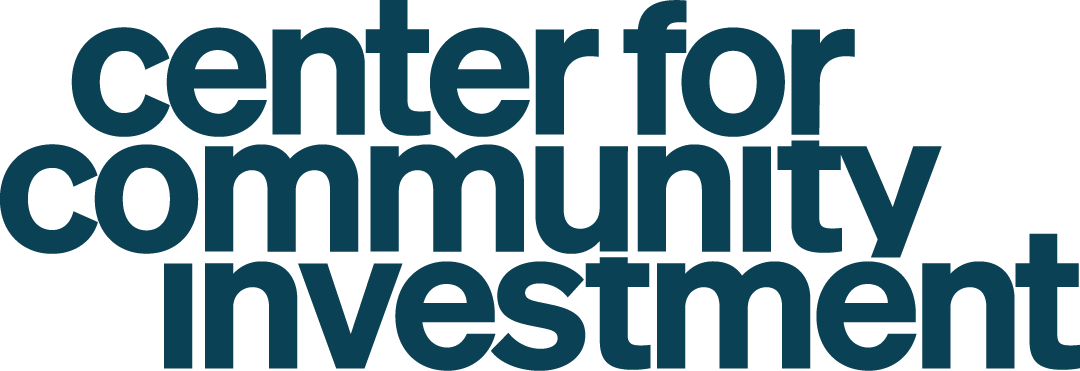Large public utilities across the country are shifting their approach to the communities they serve from, as one administrator has put it, “indifference” about the well-being of residents to “anchor institutions” that actively work to improve the lives of community members. This shift is happening in tandem with an increasing understanding that the environments in which people live, work, study, and play powerfully shape how long and how well they live.
Water utilities in particular often have large capital investments planned for the next decade. As they seek to invest billions of dollars to enhance their infrastructure and hire thousands of new workers to replace an aging workforce, utilities have a prime opportunity to create economic, environmental, and social equity co-benefits for historically disadvantaged communities.
As utilities venture into new activities – increasingly implementing green water management solutions that can create parks, increase tree cover, and yield attractive spaces – communities can take advantage of these investments to improve health outcomes and increase opportunities for people with low incomes. Utilities can become important new actors in the community investment system.
At a convening held by the San Francisco Public Utilities Commission, The San Francisco Foundation, and the Surdna Foundation earlier this month, leaders from U.S. water utilities and philanthropic organizations discussed opportunities for potential alignment and collaboration between the two sectors. The conversation focused on how philanthropy could leverage utilities’ expected investments in communities as they upgrade their infrastructure in the next decade.
Some utilities – including those led by the executives who have self-organized into the Water Agency Leaders Alliance (WALA) to address water sector equity issues nationally – are ready to think about how to leverage their capital investments to drive neighborhood revitalization and create opportunity at a larger scale. To make sure this happens, water utilities need increased support and collaboration from other public, private, and nonprofit sector partners, particularly in places where past behavior by utilities has led to a lack of trust from community members. Philanthropic partners can help by building community capacity to engage in planning processes and deliver on grants and projects. They can also develop and support cross-sector and cross-institutional collaborations that lead to the development of projects that address a community’s needs.
In San Francisco, the San Francisco Public Utilities Commission (SFPUC) has developed a comprehensive community benefits program that applies to all of its operations and activities throughout its service areas. By including community benefits criteria in Request for Proposals (RFPs) with anticipated contracts of $5 million or more, SFPUC’s contractors are provided with an opportunity to contribute to community benefits. Such benefits are financial contributions or in-kind contributions delivered to the community by the contractor. This program, which creates “Social Impact Partnerships” between SFPUC and its partners has provided financial and technical support for the construction of affordable housing, provided support to small contractors and businesses for contract opportunities, and various kinds of support to nonprofits and schools. By partnering with the San Francisco Foundation, which helps SFPUC contractors identify potential projects to which they can direct their community benefits resources, SFPUC has been able to better align and leverage the resources it brings to the communities it serves.
In Illinois, the Metropolitan Water Reclamation District (MWRD) of Greater Chicago collaborated with the village of Robbins to implement an infrastructure project that centers on the creation of a stormwater park to alleviate flooding issues. The plan includes the conversion of approximately 140 acres from the floodplain to land suitable for development such as a green industry district along the Cal-Sag Channel and a transit-oriented district near a transit station. The Chicago Community Trust contributed a grant to help engage residents and stakeholders in the planning process, and build capacity to bring additional grant money to support these efforts. The grant will also help coordinate communication between Robbins, the MWRD and other governmental agencies on the construction of the first phase of the stormwater project.
Publicly-owned water utilities have a promising role to play in improving social, economic, and environmental conditions in underserved communities. Their economic power, land ownership and financial resources positions them to become important players in the community investment field. Examples in San Francisco, Illinois, and several other places in the country illustrate potential, but it is clear that in order to maximize this opportunity it will be important to engage in cross-sector partnerships that leverage each sector’s strength. Philanthropy, other public sector departments, nonprofit organizations, and the private sector all have a role to play – communities cannot afford to let this opportunity go by.
